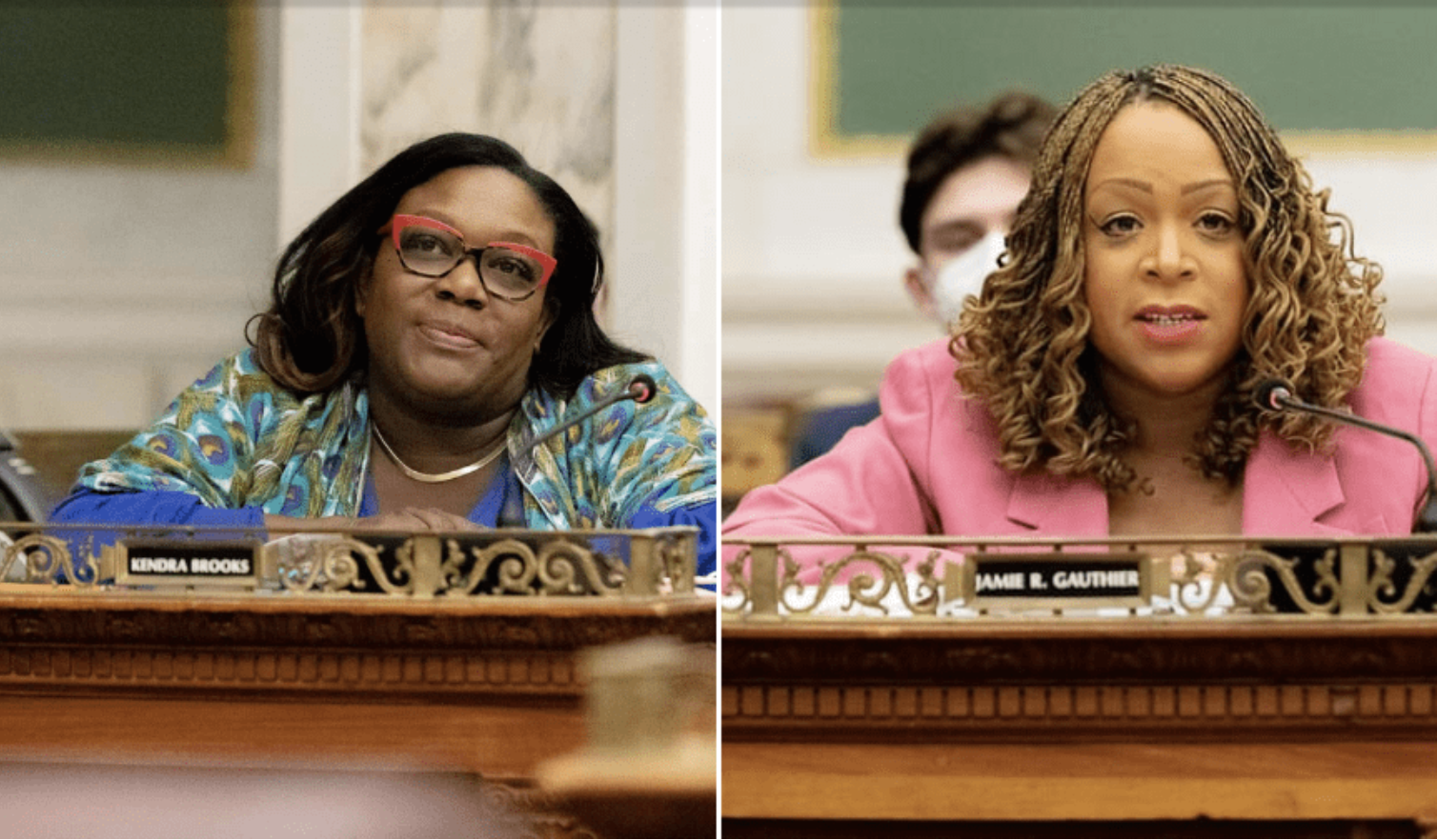The Fallacy of Reparations: A Misstep Towards Symbolism, Not Genuine Restorative Justice
Today, Councilmembers Jamie Gauthier (3rd District) and Kendra Brooks (At-Large) introduced a resolution establishing the Philadelphia Reparations Task Force.
Introduction
Jamie Gauthier and Kendra Brooks, Philadelphia City Councilmembers, recently suggested creating a task force. This task force would investigate whether reparations for African American descendants of slaves in Philadelphia are feasible. However, this move seems more like political showboating than a genuine step towards restorative justice.
Contemporary Problems and Historical Slavery
Slavery's horrors are undeniable. Yet, it isn't reasonable to blame present-day issues like predatory lending, wage discrimination, and gun violence only on historical slavery. These problems are more complex. To suggest that they are a direct result of past slavery is an oversimplification and overlooks the need for intricate solutions.
Historical Events and Current Skepticism
Critics often reference the 1985 MOVE bombing, a dark time in Philadelphia's history. The city's police department attacked a home sheltering the Black liberation group MOVE, killing eleven people, including five children. The incident led to a homelessness crisis, displacing hundreds of people. Critics argue that the city still owes reparations to the victims of this event. They also suggest that this unresolved issue causes skepticism about the city's wider reparations efforts.
The Gap Between Promises and Reality
Critics see a gap between government promises and their actual fulfillment. They stress the need for more than symbolic gestures, calling for actual actions to heal old wounds.
Challenges of Reparations
N’COBRA suggests that reparations should address five areas: peoplehood, education, health, criminal justice, and poverty. However, these problems are much more complex than money alone can solve. These issues require significant changes in education, healthcare, justice, and employment. The idea that reparations, such as direct payments or land grants, can resolve these problems is misguided.
Disagreements Over Reparations
There are many disagreements and complexities in implementing reparations. Some suggest that all Black citizens should receive payments. Others argue that only those who can trace their lineage back to the era of slavery should be eligible. Critics recommend a federal reparations plan, arguing that it would have a bigger impact. They do not dismiss efforts at the state level but believe that a nationwide effort would be more transformative.
Misuse of Reparations Funds
Critics also worry about Philadelphia's use, or misuse, of funds earmarked for reparations. They fear these funds might be redirected to other uses, such as boosting the police force. This concern highlights the complex issues and historical mistrust that overshadow efforts to correct past wrongs.
Lessons from Past Experiences
History suggests that the reparations movement may create more dissatisfaction than resolution. For instance, a reparations project in Asheville, N.C., has stalled. In Evanston, Ill., a reparations fund has only helped a few recipients while leaving hundreds waiting. These examples should serve as warnings for Philadelphia.
The Task Force's Role
Expecting the task force to conduct a “comprehensive data-driven study” to show the city's involvement in slavery is unrealistic. It would be a waste of valuable resources to investigate the past instead of addressing the present issues faced by Philadelphia's Black community.
The 2005 Law's Enforcement
A 2005 law requires businesses and banks contracted by the city to disclose their historical ties to slavery and propose financial initiatives benefiting Black people. However, this requirement seems more punitive than conducive to productive discussions about current racial inequality.
Conclusion
While well-meaning, these reparations efforts are not the solution to systemic racial disparities. A simple approach of cutting a check or providing a one-time payment does not address the complex underlying issues. True progress requires a comprehensive strategy to improve access to quality education, provide economic opportunities, and address healthcare disparities. These concrete actions, rather than singular monetary gestures, have the potential to create meaningful, long-lasting change. This strategic approach can pave the way for a more equitable society where the scars of the past are acknowledged and actively healed through systemic reform.


